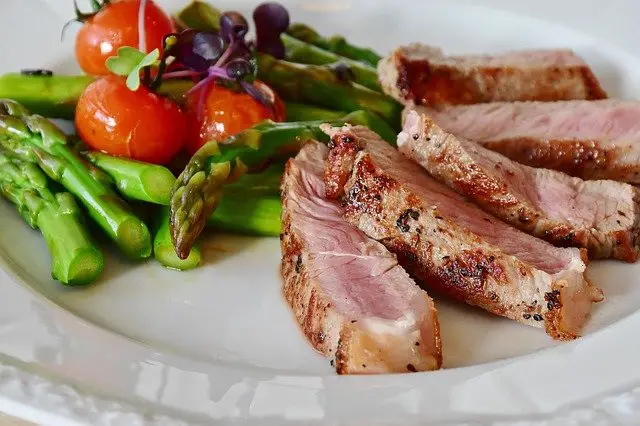THE SCIENCE OF GRILLING MEAT
Even if your taste buds have been tantalized by your neighbor’s brisket or whatever you’ve prepared on your new grill with the smoker features, do you understand why it’s so wonderful and tender?
With the help of the Science of Barbecue – specifically, Smoking Meat – we will explain why it tastes so amazing.
WHAT IS IT ABOUT SMOKING MEAT THAT SO MANY PEOPLE APPRECIATE IT?
The popularity of smoking meat may be attributed to various factors. The first and most important reason is that it is really tasty. In addition, it is a method for preserving biological materials.
Hundreds of years ago, when homes lacked chimneys and hunters hung their meat to dry, this practice started to emerge. Foods kept closer to the smoke would last longer than meats kept further away from smoke.
Finally, to add taste, which goes back to the beginning of time when humans first started cooking meat over an open fire.
Consider smoking meat as akin to creating a genetic memory in your body. A primal response is elicited by the aroma of food being cooked over an open fire, as well as the smell of smoke.
However, it’s possible that this is simply the opinion of a grilling fanatic and self-proclaimed meat-a-tarian.
FAT SHOULD NOT BE CHEWED BUT SHOULD BE MELT.
When you stop to think about it, there are very particular items that are smoked in order to be consumed later. For example, ribs, brisket, and pork shoulder are all excellent choices.
But, in reality, any meat that is cooked at a low and moderate temperature for an extended period of time can benefit from this technique. They all have one thing in common: they are densely packed with connective tissues. Collagen fills the spaces in this tissue.
Rapid cooking causes collagen to compress, giving the meat the feel of a rubber band and rendering it tough. Smoking or slow roasting meats, such as brisket, results in the collagen breaking down and evaporating away.
While the collagen is melting, water seeps into the collagen and forms gelatin, resulting in a meat jello that is soft, juicy, and full of flavor, just how you want it. Three fatty acids contained in meat are referred to be triglycerides, or “meat fat.” The melting points of these fatty acids are quite high.
As a result, when you smoke meats at lower temperatures for longer periods of time, the fats begin to melt away. Making your meat moist and tasty is a process known as rendering, and it is essential to achieving this result.
Also required is the ability to create delectable gravies and sauces for use with other foods.
Beef Brisket with Applewood Smoke
In the process of smoking meat or cooking anything long, low, and slow, fat melts slowly and creates a tender texture.
The collagen breaks down and absorbs water, and the fat from the meat melts into the flesh fibers, resulting in very soft meat and meat products.
GAS RINGS WHICH BLOW
All of this is well and dandy, but what does melting fat and tenderizing briskets have to do with smoking meat, anyway? When we smoke beef, we achieve the delicious meat jello and rendered fat that we all like so much.
The cellulose in hardwood is broken down by the smoke produced by its combustion. A sugar is formed from the cellulose, which caramelizes and imparts a distinct taste to the food.
In wood, the lignin breaks down into aromatics, which provide a smokey taste to your meal while also acting as a preservative by forming a layer on the surface of meat that prevents germs from growing and reproducing.
Any beef that is cooked undergoes what is known as the Maillard Reaction, which causes the iron molecules to get oxidized and change color from red to brown.
The carbon dioxide (CO2) and nitric oxide (NOx) produced by smoking replace the amount of oxygen molecules that would otherwise brown your meat (NO). NO molecules connect to the exterior of the meat, forming a gorgeous pink ring, just because the molecules happen to be pink. This is because NO molecules are pink.
Most people are unaware that all of this scientific stuff is involved in the process of making your next meal the greatest you’ve ever eaten. And now you’re aware that it does, as well.
Now that you’ve learned something, go out and cook yourself the tastiest brisket you’ve ever had, or make some bacon. To make matters more complicated, you could even pluck your own pork.
SEARING THE PERFECT STEAK IN REVERSE ASIA GRILLING AROUND THE WORLD RECIPE FOR SMOKED TURKEY THIGHS POULTRY CUTTINGS AND COOKING INSTRUCTIONS WHAT TO DO IF YOU OVERCOOK FOOD How To Maintain The Moistness Of Pork Loin





